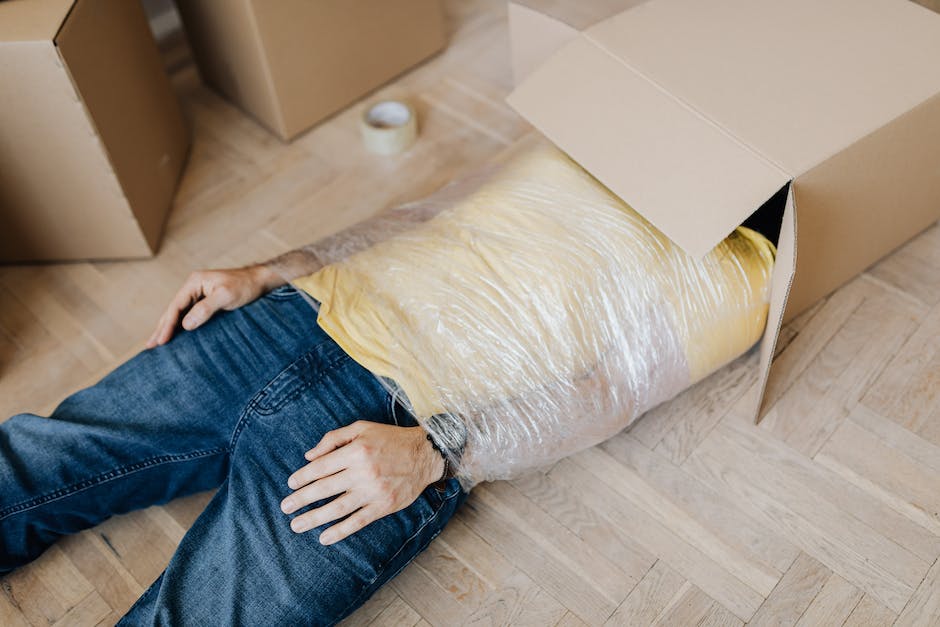Drivers are the biggest, baddest club in your golf bag, and the lie angle is critical to their performance. The lie angle is the angle between the shaft and the ground, and it’s measured when the club is sitting at address. A driver with a lie angle that’s too flat will hit the ground before the ball, resulting in a loss of distance and accuracy. A driver with a lie angle that’s too upright will produce a high, weak ball flight. The ideal lie angle for your driver will depend on your height, your setup, and yourswing.
The main difference between an upright and flat lie angle driver is the face angle. Upright drivers have a more closed face angle, which gives the ball a left-to-right spin. This makes it easier to hit the ball straight. Flat lie drivers have an open face angle, which gives the ball more of a right-to-left spin. This makes it easier to hit a draw.
Should my driver be upright or flat?
The angle of your lie (the angle between the shaft and the ground) can affect the direction of your shots. If your lie angle is too flat, your shots will tend to hook more. If your lie angle is too upright, you will tend to slice more. In general, it is more common to have clubs or drivers which are upright than flat.
There are a few things to keep in mind when it comes to lie angles and drivers. First, the lie angle for drivers is generally in the mid-to-high 50’s, usually in the 56-60-degree range. Second, the angle will go up from there depending on the club, but not as much as you might think. For instance, fairway woods, hybrids and driving irons are usually in the high 50’s, bleeding into the low 60’s.
Should I set my driver more upright
If you’re tall, you’ll need clubs that are more upright. If you’re shorter, you’ll need clubs with a slightly flatter lie angle.
It is important to make sure that your clubs are fit properly for your swing in order to maximize your performance. The lie angle of your clubs can have a significant impact on your ability to hit solid shots. If the lie angles of your clubs are too upright for your swing, you may find yourself making heel contact with the ball and taking leftward divots, which can lead to leftward pulls and hook shots. Conversely, if your clubs’ lie angles are too flat for your swing, you may find yourself taking toe contact with the ball and taking rightward divots, which can lead to rightward pushes and slice shots. Therefore, it is important to find the lie angle that works best for your swing in order to improve your accuracy and consistency.
Does lie angle matter on a driver?
The reason for this is that when you get fit for a new set of irons, the lie angles are always checked. This is because the lie angle is one of the most important aspects of the clubs. If the lie angle is not correct, then the clubs will not perform properly.
There are a few things going on here. First, when people try and get the club flat, they are usually trying to do one of two things: either they are trying to hit the ball higher, or they are trying to hit it further. Second, the part of the palm that is weak is actually the part that is down in this part of the palm. This is because the down part of the palm is the part that is not used as much as the up part of the palm. Finally, when people try and get the club flat, they are usually not successful. This is because the club is not able to get flat on the ground, and the ball ends up going high or low.
Does upright lie promote a draw?
An upright lie angle gives the golfer a head start in terms of achieving a draw spin. However, depending on the severity of the slice conditions the golfer generates, it may not be enough to completely guarantee a draw.
If you see a line near the middle of the face but slanted towards the heel, this means that the lie angle is too flat and the toe is down at impact. If the line is near the middle of the face but slanted towards the toe, this means that the lie angle is too upright and the toe is up at impact.
What happens if my lie angle is too upright
The lie angle of a golfer’s club is very important in relation to the target. If the lie angle is too upright, the face of the club will point left of the target. If the lie angle is too flat, the face of the club will point right of the target. It is important to have the proper lie angle in order to make the shot accurately.
If you hit a lot of shots toward the toe of your club and your ball tends to fade to the right, you probably have a lie angle that is too flat for you. A flatter lie angle will also cause your club to sit lower to the ground, making it harder to hit the ball cleanly. Generally, shorter golfers will need a flatter lie angle, whereas taller players will need a more upright lie angle.
What lie angle is Bryson Dechambeau?
Bryson DeChambeau’s clubs are 37.5 inches long, which is the standard length for a 6-iron. The lie angle is 72 degrees, which is 10 degrees more upright than standard. The swingweight is consistent throughout the clubs, with all the heads weighing 278 grams. This helps him to achieve a more consistent swing.
When choosing a golf club, it is important to take into consideration the lie angle. The lie angle is the angle between the shaft and the ground, and it affects the way the ball will fly. A club that is 2 degrees more upright than the standard lie angle will result in a loftier trajectory and slightly better ball flight.
What does flat setting on driver do
The flat settings on the back of the hosel allow you to choose how flat the club will lie at address. The zero setting will make the club lie flatter, while the plus or minus 1-degree settings will make it lie more upright.
The upright lie setting on the R15 driver allows taller golfers to adjust the lie angle to be more upright, which will help them to see the head of the club more easily. This setting also helps golfers who need a neutral or square face angle but need to create more draw on their shots.
What happens if golf club lie is too flat?
If your lie angle is too flat, you will tend to slice the ball. If your lie angle is too upright, then you will tend to hook the ball. It can even cause you to develop swing compensations to correct for it, preventing you from ever developing a consistent, repeatable, and powerful swing.
When your ball is too far back in your stance, your swing plane will be too steep, causing you to hit the ball high on the face. This will result in a ball flight that is too high and a backspin rate that is out of control.
What does a flatter lie angle do
If your club is too upright at impact, then your shots will travel to the left of your target. Conversely, if your club is too flat, then your shots will be heading right. For every degree that your lie angle is either too upright or flat, the ball will initially travel 4 yards off your intended target line.
Making a lie angle change on your golf club can potentially damage the club. It’s best to leave this adjustment to someone who knows what they’re doing.
Why do I hit my driver straight into the ground
This is a problem that many golfers have, and it can be corrected with a simple drill. All you need to do is put a ball under your right foot when you set up to your shot. As you swing down, concentrate on keeping your weight on the ball of your right foot. This will help you keep your weight forward, and you should see a big improvement in your ball striking.
This phrase means that someone is starting over from the beginning. They are starting fresh and restarting their journey. This can be applied to many different areas in life, such as starting a new job, relationship, or adventure. It is a way of saying that someone is ready to put the past behind them and start anew.
Conclusion
When it comes to driver lie angles, there are two primary schools of thought: upright and flat. Upright drivers are typically used by players with a steep swing, while flat drivers are better suited for players with a more shallow swing.
drivers are designed to be used with a golf ball that is placed in the middle of the stance, for a neutral or slight draw. Upright drivers have a higher loft angle and a more upright lie angle, which helps the ball to get airborne more easily. However, this can also lead to a loss of distance for players with a shallower swing.
Flat drivers are designed to be used with a golf ball that is placed closer to the front foot, for a fade or draw. Flat drivers have a lower loft angle and a more flat lie angle, which helps the ball to stay on the ground longer and results in more roll. However, this can also lead to a loss of accuracy for players with a steeper swing.
Based on the research, it appears that the upright lie angle driver may be the better option for those who are looking to improve their game. The main reason for this is that the upright lie angle driver provides more forgiveness and accuracy.


